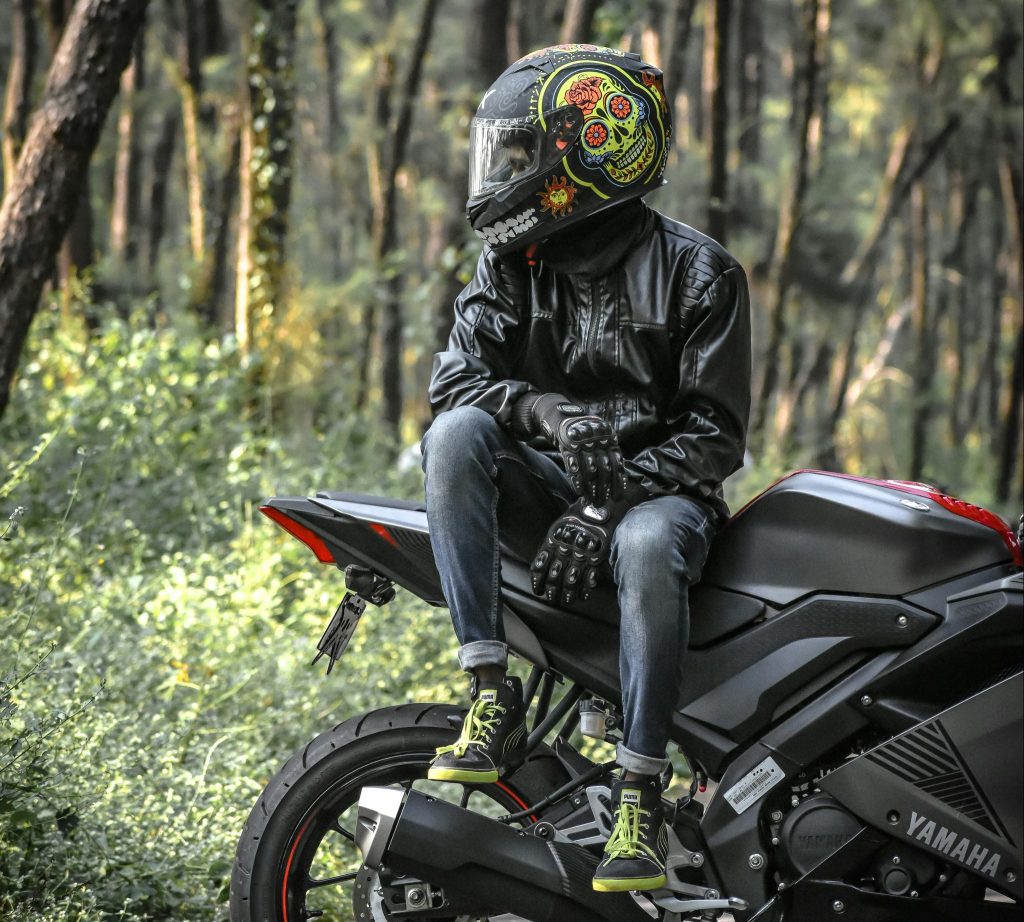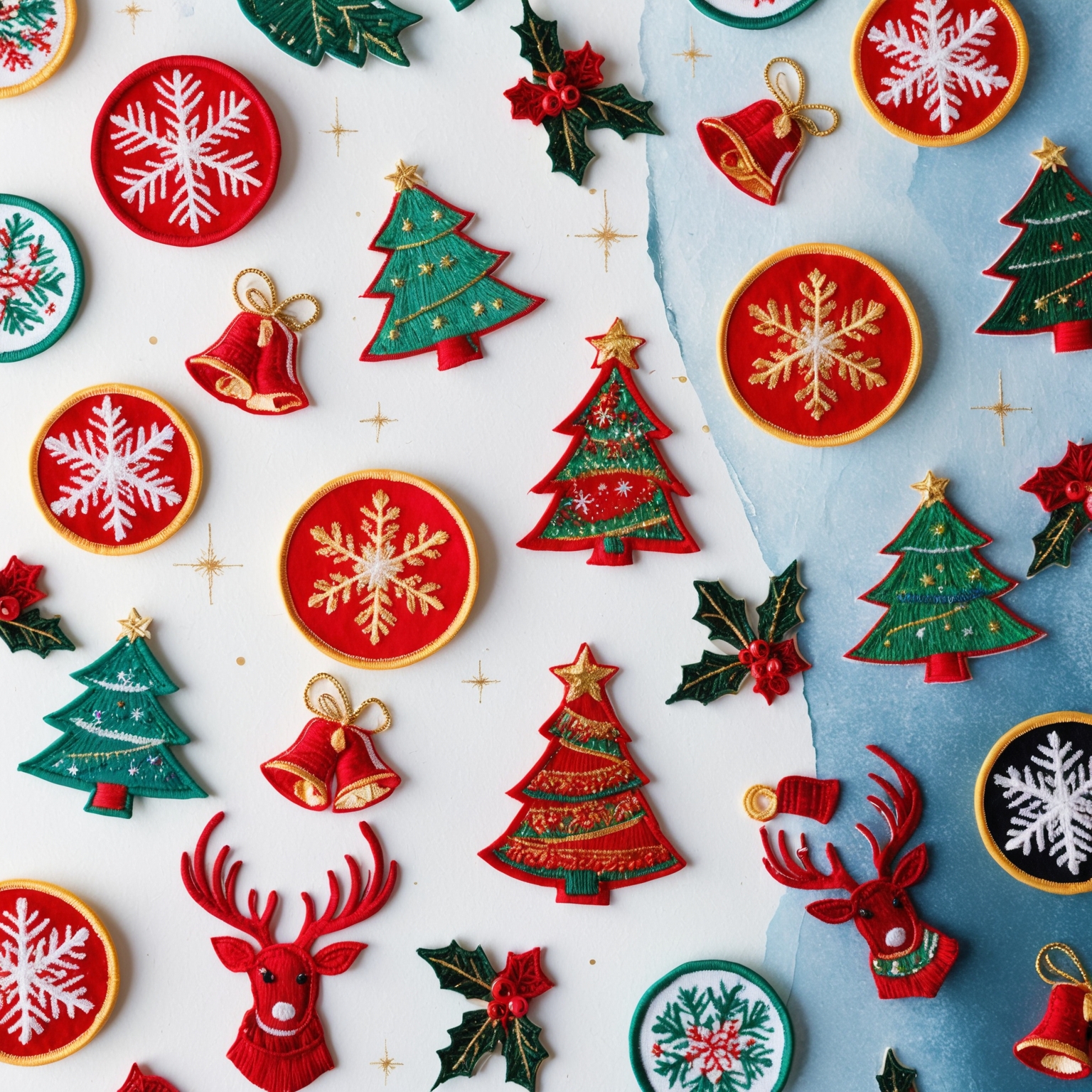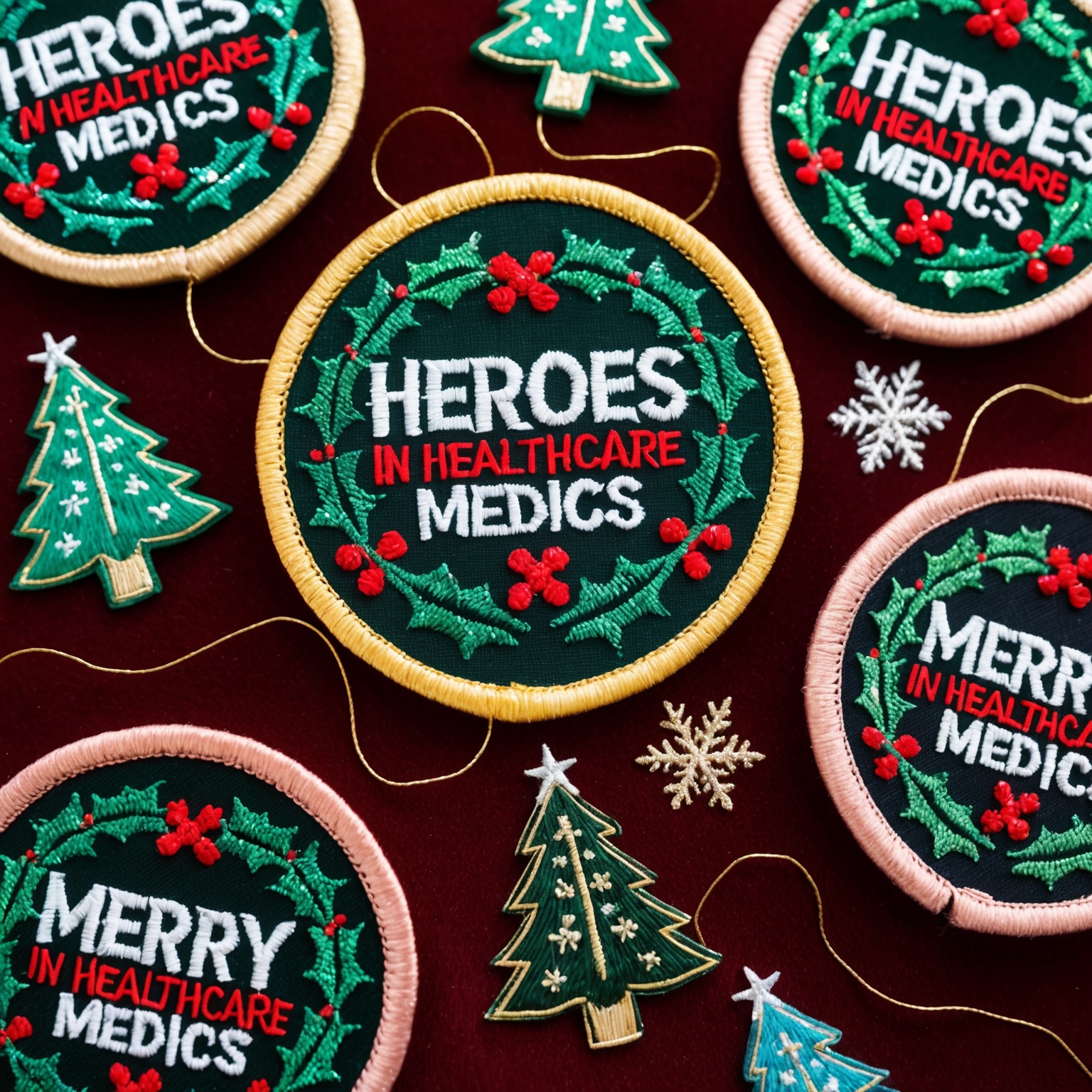Imagine roaring down the open road on a powerful motorcycle, the wind whipping past you. As you join a group of bikers at a rally, you notice the intricate patches on their vests, each one telling a unique story. These patches are not just mere decorations; they are symbols of identity, loyalty, and a rich cultural history. But how did these iconic biker patches evolve over the years? Let’s dive into the fascinating journey of biker patches and discover how they have transformed from simple identifiers to powerful symbols of a tight-knit community.
Biker patches are more than just pieces of embroidered fabric; they are emblems that encapsulate the spirit, history, and camaraderie of the biker community. Over the decades, these patches have undergone significant changes, reflecting the evolving culture of motorcycle clubs. This article will explore the historical evolution of biker patches, address common misconceptions, and highlight key milestones in their development. We’ll delve into the rich stories behind these patches and how they continue to symbolize the values of the biker community.
The Early Days: Humble Beginnings
The 1940s and 1950s: Birth of Motorcycle Clubs
The origins of biker patches can be traced back to the post-World War II era when motorcycle clubs began to form. Many of these clubs were created by returning veterans who missed the camaraderie and brotherhood of military life. These early biker patches were simple, often handmade, and featured the club’s name and emblem.
- Military Influence: The military tradition of insignia exchanges and unit patches influenced the design of early biker patches. These patches served as identifiers, distinguishing club members from other riders and fostering a sense of unity. The American Motorcycle Association (AMA) played a significant role in organizing these early clubs and their events, helping to formalize the use of patches .
- One-Piece Patches: During this period, most patches were one-piece designs. They were straightforward, typically displaying the club’s name and a basic emblem, such as an eagle or skull. These patches were often homemade, reflecting the personal touch and pride of the members who wore them.
The 1960s: The Rise of Outlaw Clubs
The Outlaw Movement: A Rebellious Spirit
The 1960s marked a significant turning point in the evolution of biker patches with the rise of outlaw motorcycle clubs, such as the Hells Angels. These clubs embraced a rebellious lifestyle, distinct from the mainstream, and their patches reflected this nonconformity.
- Three-Piece Patches: Outlaw clubs popularized the three-piece patch design. This design consists of a top rocker displaying the club name, a central patch with the club emblem, and a bottom rocker indicating the chapter or territory. The three-piece design became synonymous with outlaw clubs, signifying a break from traditional motorcycle clubs. This structure not only signified their nonconformist attitude but also became a key aspect of the patch exchange tradition .
- The “1%er” Patch: The term “1%er” emerged during this period, symbolizing the outlaw lifestyle embraced by these clubs. It originated from a statement by the American Motorcycle Association (AMA) claiming that 99% of motorcyclists were law-abiding citizens, implying that the remaining 1% were outlaws. The “1%er” patch became a badge of honor for these clubs, representing their rebellious identity.
The 1970s and 1980s: Cultural Impact and Media Influence
Hollywood’s Influence on Biker Culture
The 1970s and 1980s saw an increased portrayal of biker culture in movies and television shows, bringing biker patches into the mainstream. Films like “Easy Rider” and TV series such as “Then Came Bronson” played a significant role in popularizing biker imagery.
- Diversification of Patch Designs: This era saw the diversification of patch designs, with clubs incorporating more intricate and personalized elements. Biker patches became more than just identifiers; they became symbols of personal expression and individuality within the community. The influence of media helped shape public perception and contributed to the iconic status of biker patches.
- Media Influence: The portrayal of bikers in the media influenced public perception and contributed to the iconic status of biker patches. These patches became widely recognized symbols of freedom, rebellion, and the counterculture movement.
The 1990s and 2000s: Modernization and Global Influence
Technological Advancements:
The 1990s and 2000s brought technological advancements in embroidery, allowing for more detailed and durable patch designs. This period also saw the globalization of biker culture, with motorcycle clubs spreading worldwide.
- High-Quality Patches: Improved embroidery techniques enabled the creation of high-quality patches with intricate details and vibrant colors. Clubs could now design patches that were not only symbols of identity but also works of art.
- Global Spread: As biker culture spread globally, patches began to reflect a broader range of influences. International clubs incorporated local symbols and cultural elements into their patches, creating a diverse tapestry of designs.
Cultural Significance: Symbols of Brotherhood and Loyalty
Brotherhood and Loyalty:
Biker patches symbolize more than just club membership; they represent a deep sense of brotherhood, loyalty, and identity. Wearing a patch signifies a commitment to the club’s values and a bond with fellow members. The rituals and traditions associated with earning and wearing patches reinforce the sense of belonging and honor within the biker community.
- Rituals of Patch Exchanges: Patch exchanges are significant rituals within the biker community, often conducted with formal ceremonies that reflect the respect and honor associated with the patches. These exchanges are moments of bonding and reflection, as bikers share their stories and honor each other’s journeys.
- Misconceptions and Media Portrayal: Biker patches have often been misunderstood and misrepresented in the media. While some patches do signify an outlaw lifestyle, many are simply emblems of fellowship and a passion for riding. It’s essential to recognize the diversity within the biker community and understand that patches can represent a wide range of values and identities.
The Future of Biker Patches: Innovation and Tradition
Innovation and Tradition:
As technology continues to evolve, so too will the design and production of biker patches. Digital embroidery techniques and new materials will enable even more creative and intricate designs. However, the tradition of earning and wearing patches will remain a cornerstone of biker culture.
- Technological Integration: Future patches might integrate digital elements, such as NFC chips, allowing bikers to share the stories behind their patches, the rides taken, and the events attended with a simple scan.
- Preserving Tradition: Despite technological advancements, the core values and traditions of biker patches will endure. The ritual of earning a patch, the honor of wearing it, and the stories it represents will continue to bind the biker community together.
Will the next generation of bikers embrace and reinterpret these iconic symbols? How will global influences shape the future designs of biker patches? These questions hint at exciting possibilities for the future of biker patches.
The Ever-Evolving Symbolism of Biker Patches
Biker patches have come a long way from their humble beginnings. They have grown into powerful symbols of identity, loyalty, and rebellion, reflecting the rich history and diverse culture of the motorcycle community. Understanding the evolution of these patches helps us appreciate their significance and the stories they tell. As biker culture continues to evolve, these patches will undoubtedly remain a vibrant and integral part of the journey.
If you are interested in purchasing high-quality custom patches, feel free to call us at 1-866-903-4903 or fill out one of our free quotes here.




